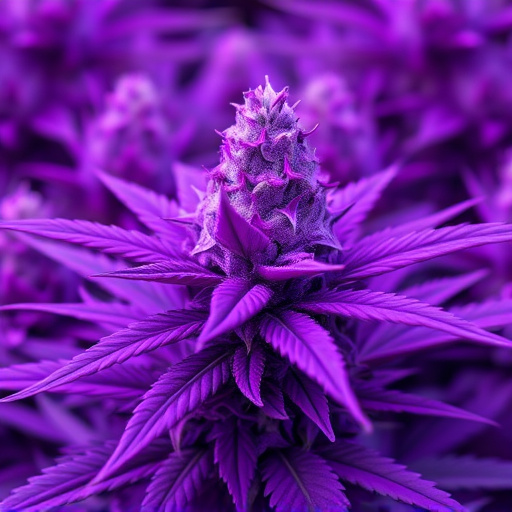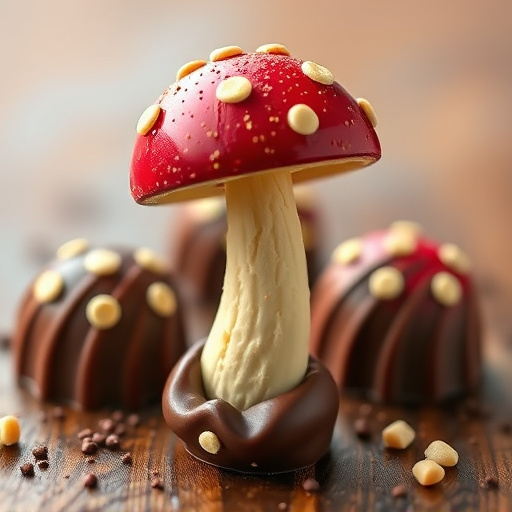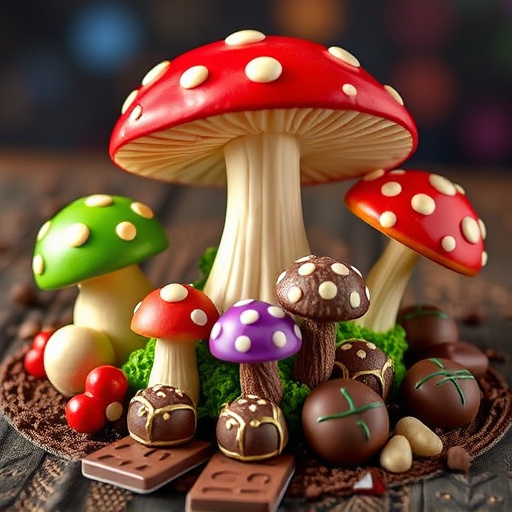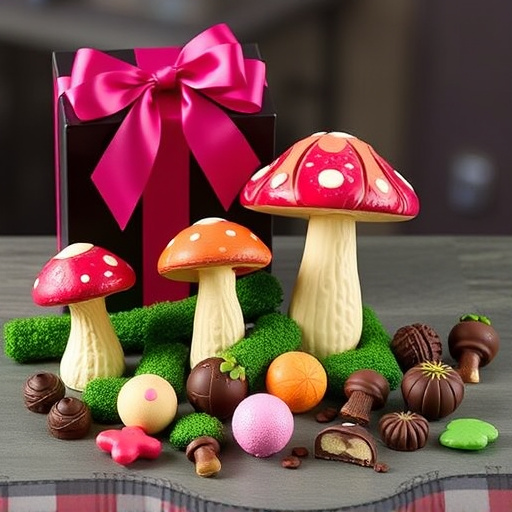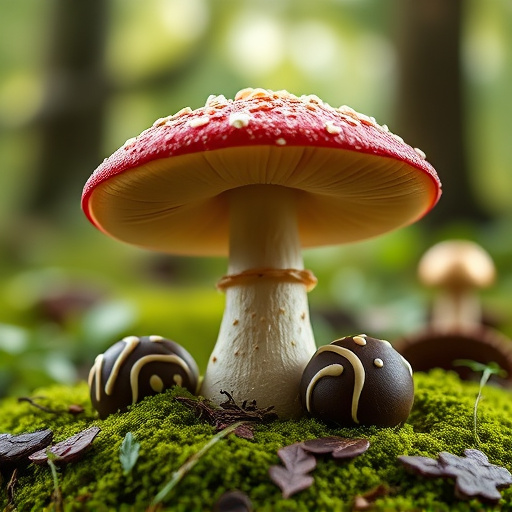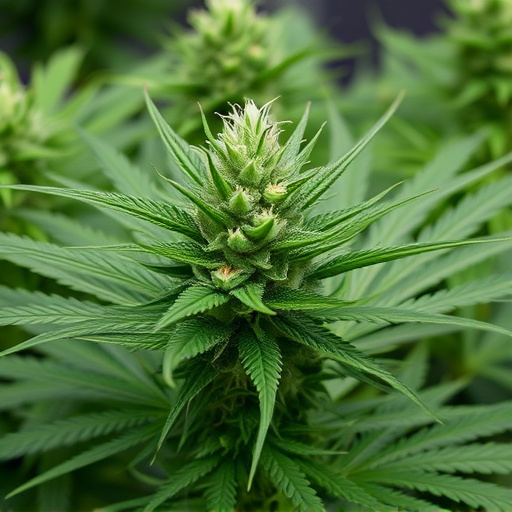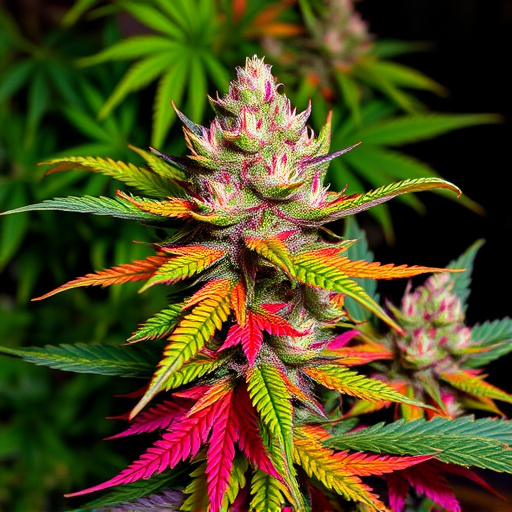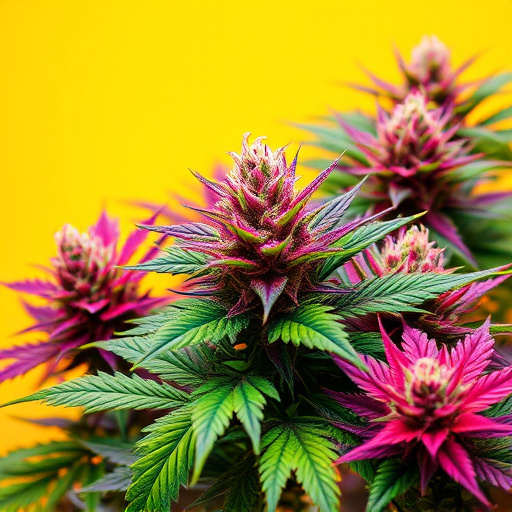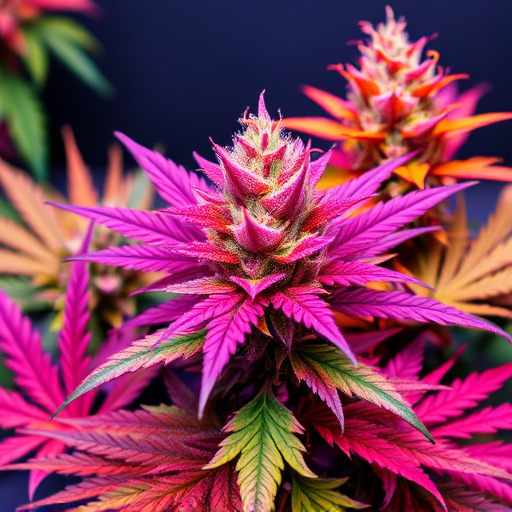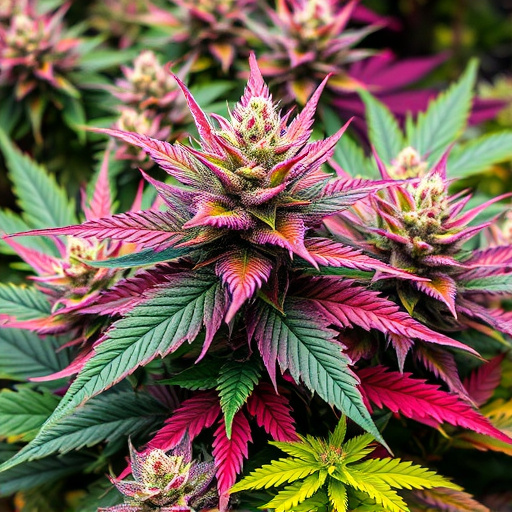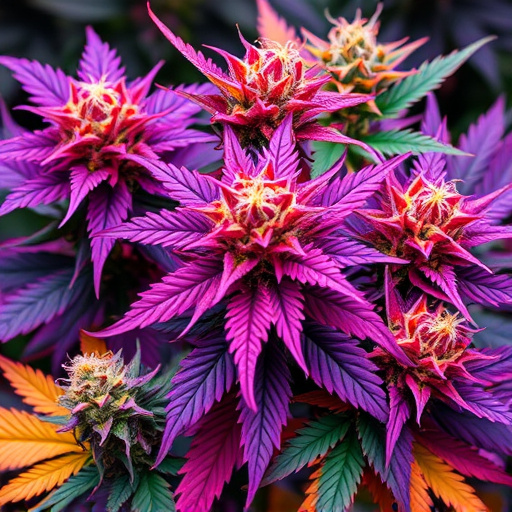Marijuana's natural aging process doesn't diminish its potency or enjoyment, especially in diverse colorful marijuana strains. While THC levels may drop over time due to heat, light, and oxygen exposure, older cannabis can offer unique aromas, flavors, and experiences. Modern cultivation practices and market demand for high-potency strains have influenced this trend. Contrary to belief, active compounds like THC and CBD don't always weaken; proper storage can unlock enhanced effects from even the oldest colorful marijuana strains.
Can old weed still get you high? Discover the intriguing world of aged cannabis and its surprising effects. In this article, we explore the aging process of marijuana and how it impacts potency. From the science behind THC degradation to unlocking the potential of vintage strains, learn when old weed can still deliver a satisfying high. Uncover the secrets of colorful marijuana strains that have captivated users for years, defying expectations with their lingering efficacy.
- Understanding Marijuana's Aging Process
- The Science Behind Potency Loss
- Unlocking the Potential of Old Weed: When is it Still Effective?
Understanding Marijuana's Aging Process
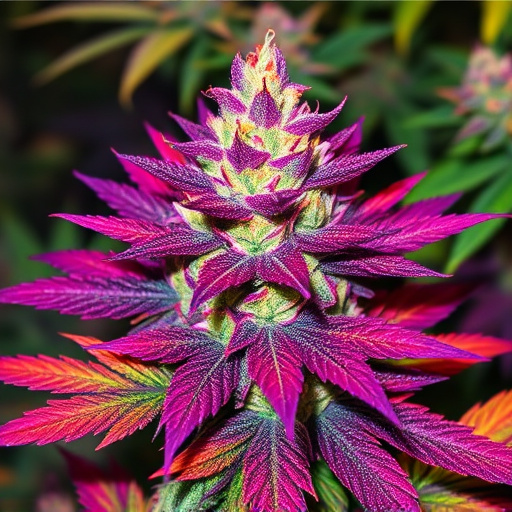
Marijuana, like any other organic substance, undergoes a natural aging process. Over time, the composition of the plant can change, affecting its potency and effects. This is particularly true for cannabinoids, the chemical compounds responsible for marijuana’s unique high. As marijuana ages, the levels of THC (tetrahydrocannabinol), often referred to as the primary psychoactive compound, can decrease. However, this doesn’t necessarily mean that older marijuana is less potent; instead, it may simply have a different profile.
The aging process can also result in the development of new compounds and terpenes, which are responsible for giving marijuana its diverse aromas and flavors. Some growers and enthusiasts appreciate the complexity that age can bring to colorful marijuana strains, creating unique experiences even from the same variety over time. Thus, while age may impact the potency and effects, it doesn’t necessarily render old weed less enjoyable or effective.
The Science Behind Potency Loss
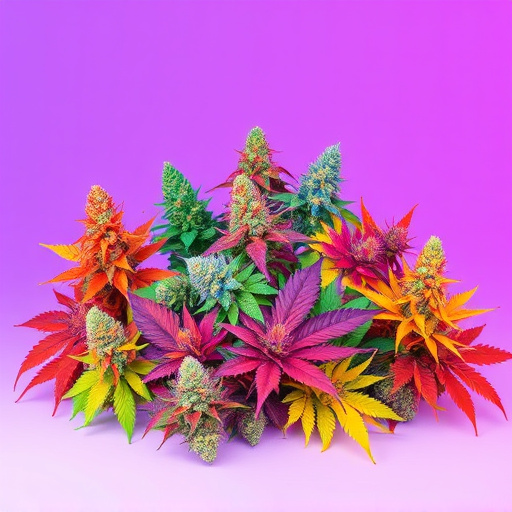
Over time, the potency of marijuana can significantly decrease due to a combination of factors. One primary reason is the natural aging process of the plant itself. As cannabis flowers age, they tend to lose some of their active compounds, particularly THC (tetrahydrocannabinol), which is responsible for the majority of the plant’s psychoactive effects. This loss of potency isn’t just about time; storage conditions play a crucial role as well. Exposure to heat, light, and oxygen can accelerate the degradation process, turning vibrant colorful marijuana strains into less potent varieties.
Additionally, modern cultivation techniques often focus on maximizing yields and specific traits, which might come at the expense of overall potency. While breeders continuously develop new, potent strains, the market demand for high-potency cannabis has led to a trend where older strains may become relatively less powerful over time. This shift in consumer preferences influences both commercial growers and small-scale producers alike, shaping the landscape of available colorful marijuana strains.
Unlocking the Potential of Old Weed: When is it Still Effective?
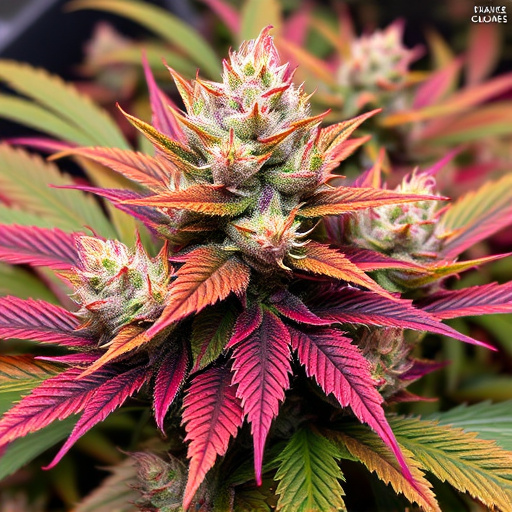
Unlocking the Potential of Old Weed: When is it Still Effective?
While many cannabis enthusiasts prefer fresh, vibrant marijuana strains known for their diverse flavors and potent effects, what about those older buds that have been sitting around for a while? Contrary to popular belief, old weed can still get you high—and potentially even better than expected. The key lies in understanding how cannabis ages and the science behind its potency.
Over time, marijuana’s active compounds, such as THC and CBD, undergo chemical changes. However, these transformations don’t necessarily diminish their effectiveness. In fact, some strains may actually benefit from aging, developing more complex aromas and enhanced effects due to the interaction of various cannabinoids. The trick is knowing which factors contribute to a strain’s longevity and how to store it optimally to preserve its quality. By exploring these aspects, users can unlock the potential of old weed and experience unique, potent highs from even the oldest buds.
While marijuana may lose some of its potency over time, especially in less ideal storage conditions, old “weed” isn’t entirely devoid of its potential to get you high. Even aged strains can still offer enjoyable and potent experiences, particularly for those who appreciate the unique flavors and effects of specific colorful marijuana strains. The key lies in understanding that different strains age differently, with some retaining their strength and distinct characteristics long-term. Proper storage plays a crucial role in preserving potency, making it possible to enjoy a satisfying high from older batches if stored correctly.
